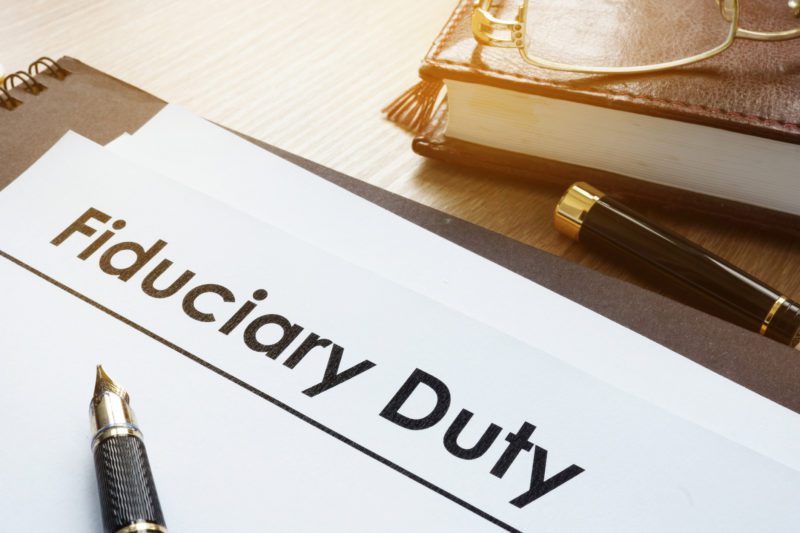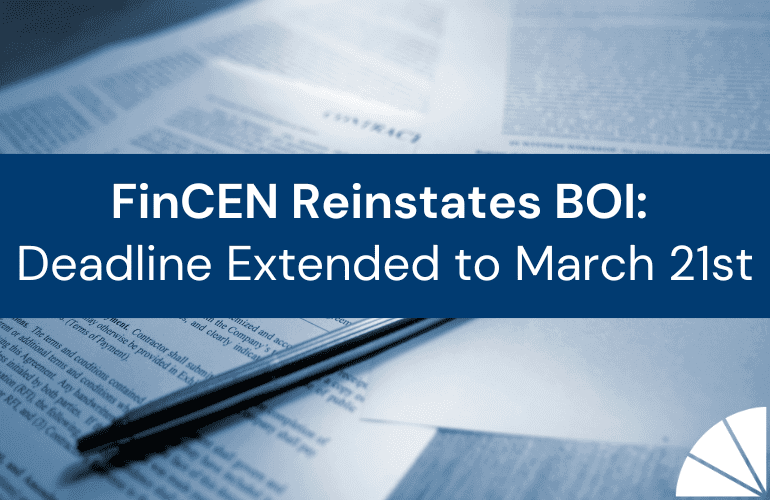
If you have an employee retirement benefit plan, you or someone within your plan is a fiduciary. To make your life easier, we have put together a list of some best practices as you perform your fiduciary responsibilities.
Who is a Fiduciary?
Let’s start with the basics, who is considered a fiduciary of your plan? Every retirement plan must have a named fiduciary in the written plan document (either an individual or an entity such as an administrative board). Using discretion in administering and managing a plan or controlling the plan’s assets makes that person a fiduciary. Providing investment advice for a fee also makes someone a fiduciary. Thus, fiduciary status is based on the functions performed for the plan, not just a person’s title. A plan’s fiduciaries typically include the trustee, investment advisors, all members of a plan’s administrative committee, those who select committee officials, and any individuals exercising discretion in the administration of the plan. Typically, a plan sponsor will appoint an individual or group of individuals within the company or a third-party trustee to oversee the direction of the plan. This may be different than the individuals or third-party administrators which oversee the day-to-day operations of the plan.
What Are My Responsibilities as a Fiduciary?
So, you’re a fiduciary of an employee benefit plan, what does that mean for you? First and foremost, you need to act exclusively in the best interest of the plan participants and their beneficiaries as well as make decisions that are wholly for the profitability of those assets under your care.
Monitor Your Plan and Mitigate Losses
As a fiduciary, you should make decisions in a reasonable manner when carrying out your duties. One way you can do this is by hiring and monitoring a service provider for the plan. However, it’s easy to fall into the complacency trap by relying too heavily on your service provider. Your service provider may or may not assume liability for fiduciary functions and, all fiduciaries have potential liability for the actions of their co-fiduciaries. A plan sponsor should also take care to document the process for selecting the service provider, as it shows prudent care with oversight of the plan. Along with monitoring the activity of your plan, it is also your job to minimize the risk of large losses to the plan. You should be working with your financial advisor to create an adequate investment mix within the offered portfolios to minimize the risk of losses within the plan. Under Department of Labor regulations, there must be at least three different investment options so that employees can diversify investments within an investment category. Participants must also be given sufficient information to make informed decisions about the options offered under the plan and be allowed to change or update their selections at least quarterly, or more often if the investment option is volatile.
Monitoring of Fees
Along with mitigating the risk of losses you should also consider the fees for the plan and only pay out of plan assets what is considered reasonable for all plan expenses. While the law does not specify a permissible level of fees, fiduciaries can ensure that they are taking prudent care by documenting their monitoring and evaluation of plan expenses. Plan expenses typically result from a service provider’s assistance and maintenance of the plan and can vary depending on the type of services provided. Some fees may be bundled for several services, and some may charge separately for individual services. Some service providers may receive additional fees from investment vehicles, such as mutual funds, that may be offered by your plan. Fees may be paid by the employer, the plan, or both. Fees may also be allocated to participants’ accounts in a variety of ways if they are paid by the employer. Work with your financial advisor (or find a new one) to understand the fees paid by your plan and minimize them when possible to find what works best for the participants and beneficiaries of your plan.
Understand and Update Your Plan Document
Another major responsibility as a fiduciary is to fully understand and familiarize yourself with your plan document. It is a best practice to consistently review the plan document to make sure the governing document is current and is up to date with ERISA guidelines.
Purchase a Fidelity Bond
One of the easiest, yet most commonly missed responsibilities as a fiduciary of an employee benefit plan is the bonding requirement. Every retirement plan must be bonded with a fidelity bond, which is a type of insurance that covers losses experienced by participants of the plan due to fraudulent, dishonest, or criminal activity of those covered by the bond, the fiduciaries. Fidelity bonds must be obtained from a surety or reinsurer that is approved by the Department of Treasury’s List of Approved Sureties, Department Circular 570. The minimum bonding requirement is the greater of $1,000 or 10% of the plan assets, and a maximum bonding requirement of $500,000 or $1,000,000 if the plan holds employer securities. If your plan is not bonded by an approved surety or reinsurer and fraud is discovered, you could be liable to pay out-of-pocket, so don’t forget this very important step.
Document Everything
Finally, the most important practice of any fiduciary is to document everything you do for the plan. This includes all financial committee meetings, especially those where you make decisions regarding the investment portfolios within the plan and other fiduciary decisions. This documentation will be critical should you need to prove that you are performing your fiduciary responsibilities properly and timely.
For more best practices and any guidance for employee benefit plans, contact your employee benefit auditor. If you are looking to switch to a new auditor, or don’t need an audit yet but would like some additional guidance on fiduciary responsibilities or plan controls, LGA’s team has experience with hundreds of employee benefit plan audits and would be happy to help! Contact Matt Touma today for more information.





